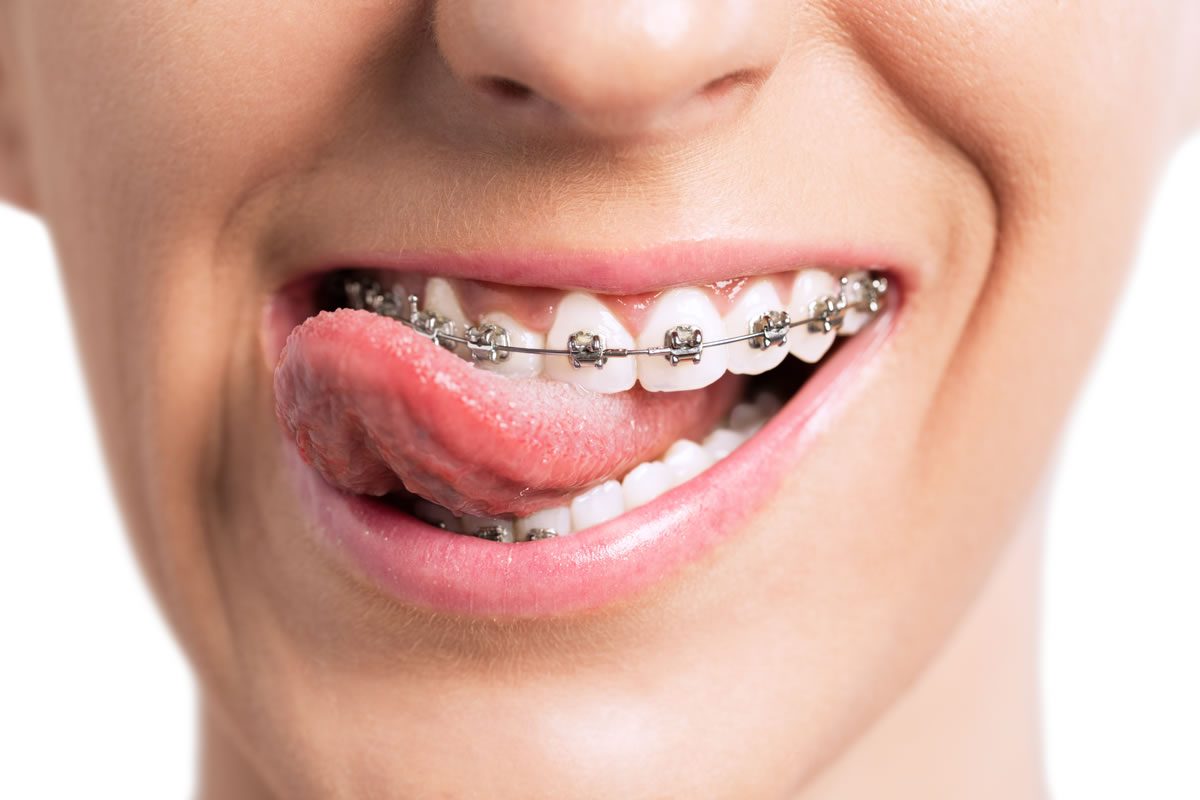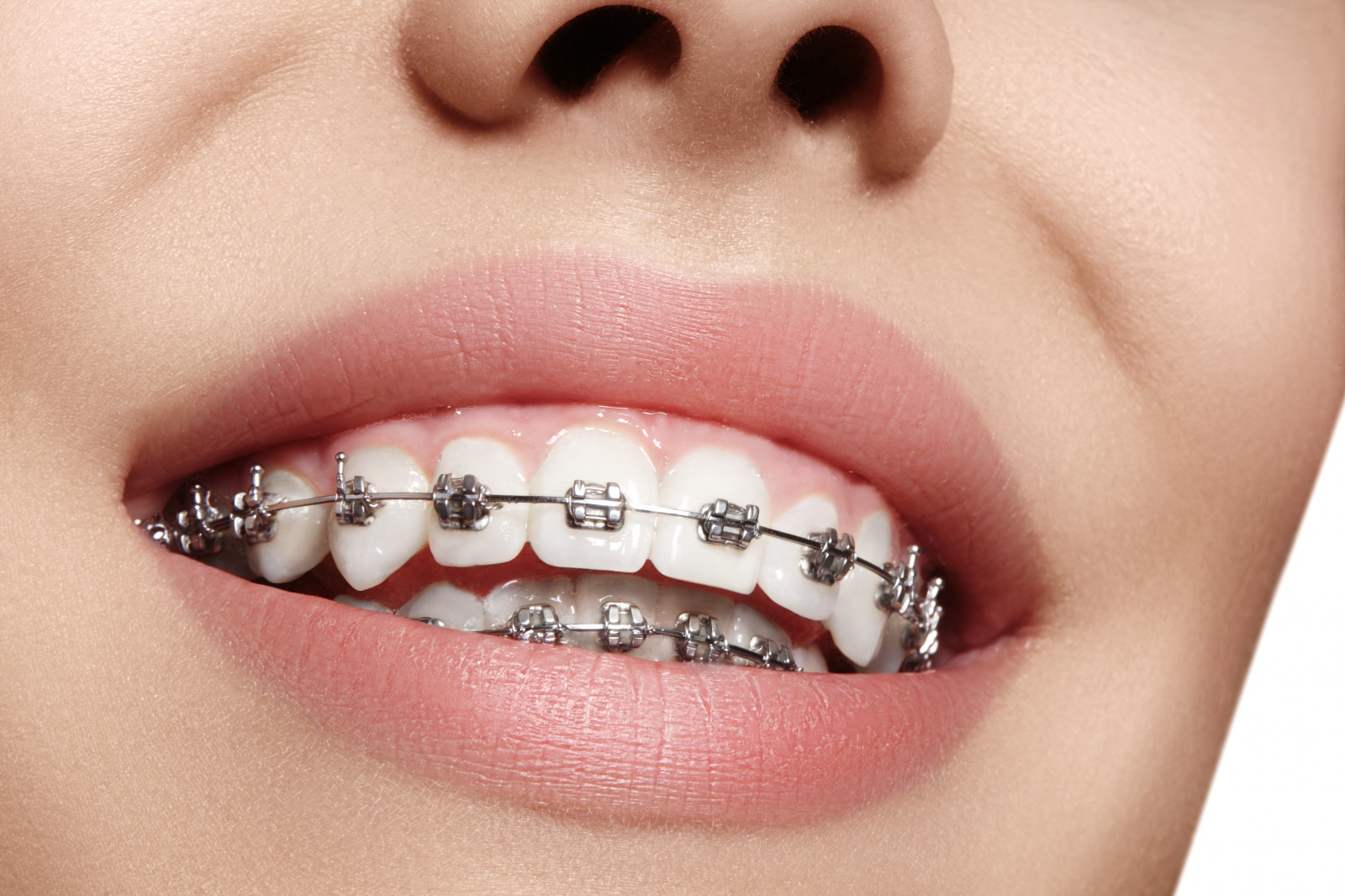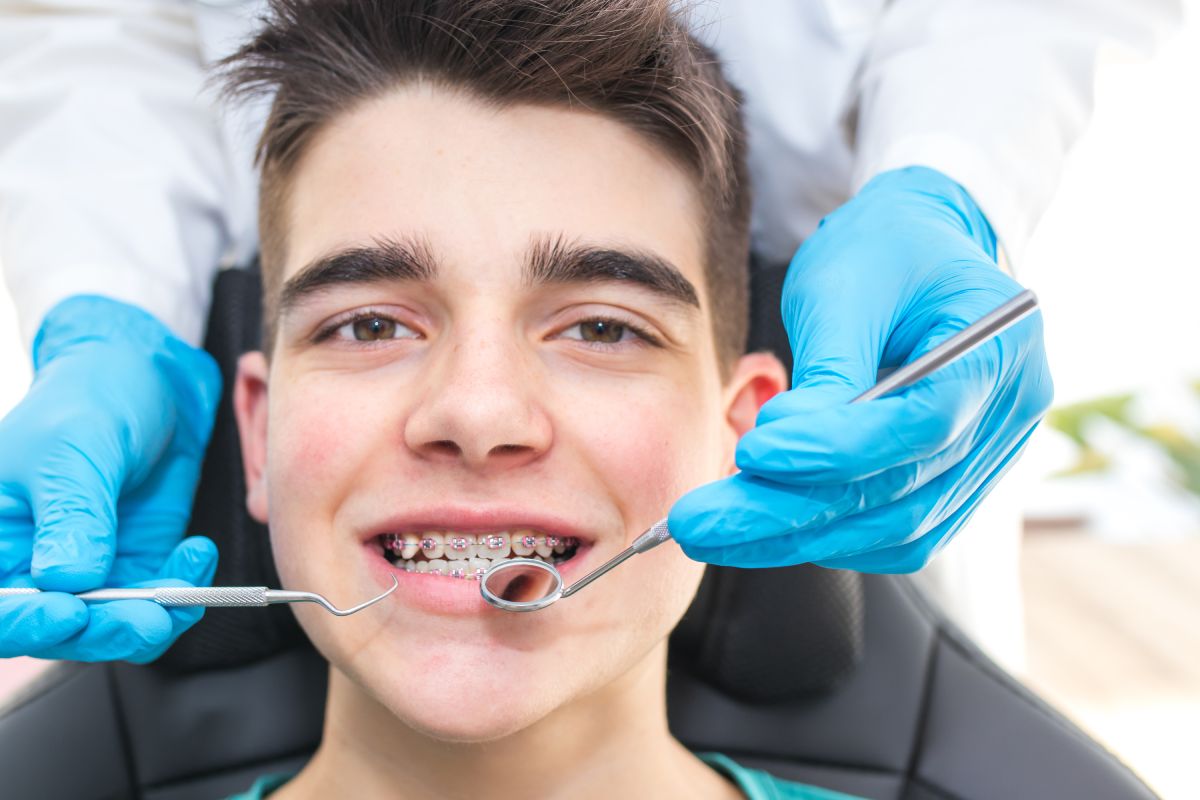Causey Orthodontics Can Be Fun For Anyone
Table of ContentsThings about Causey OrthodonticsThe Ultimate Guide To Causey OrthodonticsThe Buzz on Causey OrthodonticsMore About Causey OrthodonticsThe Ultimate Guide To Causey OrthodonticsThe Causey Orthodontics IdeasCausey Orthodontics Fundamentals Explained
What is the distinction between a dental practitioner and an orthodontist? To respond to a question that is often asked, both dental professionals and orthodontists aid individuals acquire far better oral health and wellness, albeit in various methods. It helps to remember that dental care is an instead wide science with various clinical specializations. All dental practitioners, consisting of orthodontists, deal with the teeth, gums, jaw and nerves.
Orthodontists and dental professionals both offer dental look after clients. Orthodontists can function in an oral office and use the same therapies as other dental experts. You can assume of both doctors that treat gum tissue and teeth problems. The primary distinction is that coming to be an orthodontist calls for a specific specialty in treating the misalignment of the teeth and jaw.
The Best Guide To Causey Orthodontics
An orthodontist is a dental professional that has undergone training to specialize in the diagnosis, prevention and treatment of abnormalities in the jaw and teeth. Their training consists of dealing with these existing problems. They can likewise determine potential troubles in teeth positioning that might develop when conditions are left neglected. Orthodontists can aid people of every ages.
This consists of all the needed education to come to be a general dental professional. According to the American Pupil Dental Association (ASDA), it indicates you will require to have either a Physician of Medication in Dentistry (DMD) or a Doctor of Dental Surgical Procedure (DDS). To put it simply, orthodontists require to complete oral school and after that acquire an orthodontics specialty education and learning.
Some orthodontists also get their masters in craniofacial biology. These programs focus on 2 particular locations or techniques: Dentofacial Orthopedics: This research study focuses on directing teeth and jaw advancement.
A Biased View of Causey Orthodontics

 These consist of apparatus such as dental braces, retainers and Invisalign. What does an orthodontist do, and what do they concentrate on? The total goal of an orthodontist is to enhance an individual's bite. Not everyone is birthed with straight teeth, and an orthodontist will guarantee that people get evenly spaced straight teeth.
These consist of apparatus such as dental braces, retainers and Invisalign. What does an orthodontist do, and what do they concentrate on? The total goal of an orthodontist is to enhance an individual's bite. Not everyone is birthed with straight teeth, and an orthodontist will guarantee that people get evenly spaced straight teeth.
The smart Trick of Causey Orthodontics That Nobody is Talking About
The American Association of Orthodontists recommends your first check up by age 7. You'll require to see your orthodontist if you have an imbalance in your teeth, likewise understood as malocclusion. If you notice uneven bite patterns, a slightly twisted jaw, or when your teeth are overcrowded, you will likely need orthodontic treatment.
At Advanced Orthodontics, we offer individuals with a all natural therapy experience. Furthermore, we supply flexible therapy timetables, flexible repayment choices and an enjoyable, delightful experience. Call ( 480) 357-4900 today for more information and schedule a consultation.
An orthodontist is a dental expert trained to diagnose, protect against, and deal with teeth and jaw abnormalities. Orthodontists work with people of all ages, from youngsters to grownups (http://localsfeatured.com/directory/listingdisplay.aspx?lid=22352).
An Unbiased View of Causey Orthodontics
Malocclusion, or misaligned teeth, can cause dental issues, including tooth degeneration, periodontal disease, and hard or uncomfortable chewing. However not every person is born with straight teeth. If you have a poor bite or big rooms between your teeth, you might want to consult a dentist concentrating on orthodontic care.
(Photo Credit: DigitalVision/Getty Images) Orthodontists use fixed and removable dental tools, like braces, retainers, and bands, to alter the position of teeth in your mouth. Orthodontic therapy is for dental irregularities, including: Misaligned teethBite troubles, like an overbite or an underbiteCrowded teeth or teeth that are too far apartJaw misalignmentThe goal of orthodontic treatment is to enhance your bite.
3 Simple Techniques For Causey Orthodontics

, but not all dental practitioners are orthodontists. They concentrate on two areas: Exactly how to effectively and securely relocate teeth Just how to effectively lead growth in the teeth, jaw, and faceOnce an orthodontist has actually finished training, they have the option to become board licensed.
Malocclusion leads to tooth congestion, a twisted jaw, or irregular bite patterns. Malocclusion is generally treated with: Your orthodontist connects metal, ceramic, or plastic square bonds to your teeth.
The Causey Orthodontics Statements
If you have just minor malocclusion, you may be able to make use of clear dental braces, called aligners, as opposed to conventional braces. Some individuals require a headgear to help move teeth right into line with stress from outside the mouth. After dental braces or aligners, you'll need to use a retainer. A retainer is a customized tool that keeps your teeth in position.